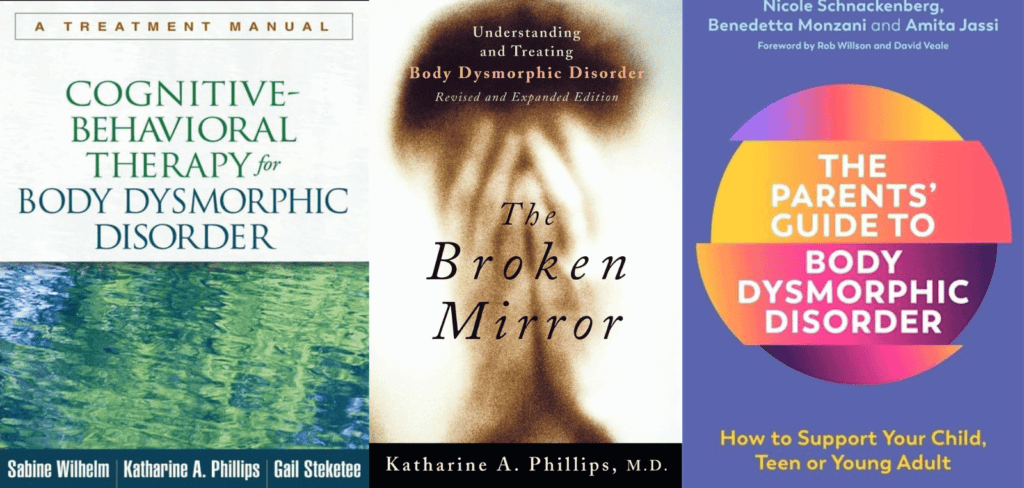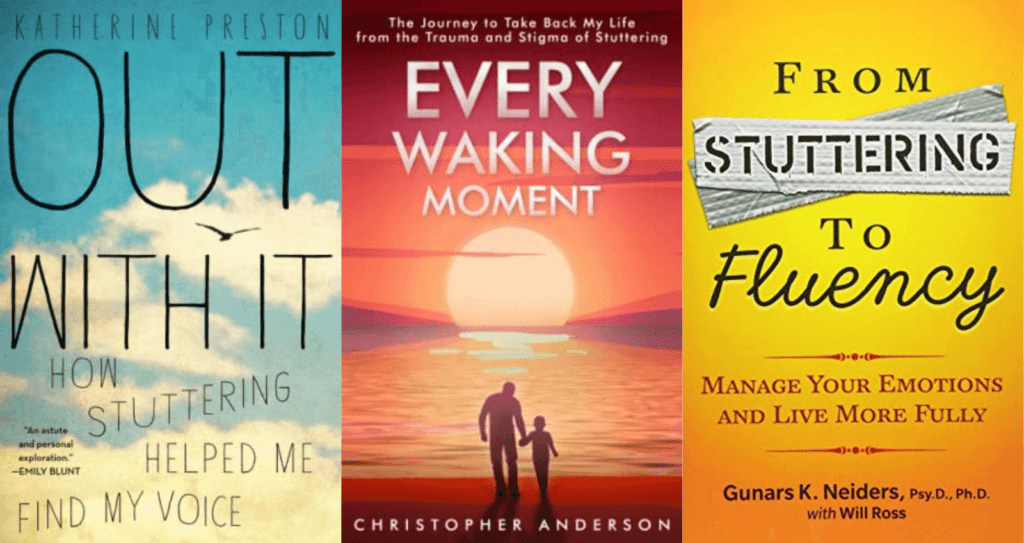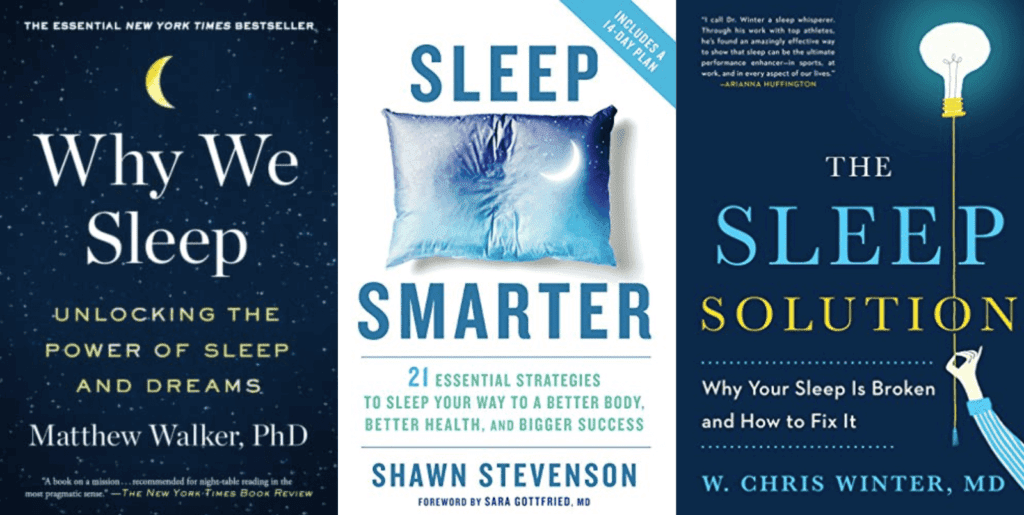The following are some of the best body dysmorphia books.
Disclosure: Some of the links below are affiliate links. This means that, at zero cost to you, I will earn an affiliate commission if you click through the link and finalize a purchase.
What Is Body Dysmorphia?
Body dysmorphia, also known as body dysmorphic disorder (BDD), is a mental health condition characterized by obsessive preoccupation with perceived flaws or defects in one’s physical appearance.
Individuals with body dysmorphia often magnify and exaggerate these flaws, causing significant distress and impairment in daily functioning.
It can affect any part of the body but is commonly focused on the skin, hair, weight, or specific features.
Body Dysmorphia Books
1. Cognitive-Behavioral Therapy for Body Dysmorphic Disorder
By Sabine Wilhelm, Katharine A. Phillips, Gail Steketee

This comprehensive treatment manual offers a step-by-step guide to using cognitive-behavioral therapy (CBT) techniques for individuals struggling with body dysmorphic disorder (BDD).
The book starts by providing a thorough understanding of BDD, including its symptoms, underlying causes, and the impact it can have on one’s daily life. Through a compassionate and evidence-based approach, the authors emphasize the importance of collaboration between therapist and client in developing an effective treatment plan.
The manual outlines specific CBT strategies and techniques that have been proven effective in treating BDD. It guides readers on how to challenge distorted beliefs and negative thoughts related to body image, and provides practical exercises for reducing anxiety and avoidance behaviors.
Related: Top 35 Eating Disorder Recovery Affirmations
2. Reflections on Body Dysmorphic Disorder
By Nicole Schnackenberg Sergio Petro

The book aims to increase awareness and understanding of BDD by sharing real-life experiences. By sharing these personal stories, readers can gain a sense of connection and validation, knowing that they are not alone in their struggles with body image.
“Reflections on Body Dysmorphic Disorder” emphasizes the importance of self-acceptance and self-compassion. It provides a platform for individuals to share how they have overcome negative body image beliefs and worked towards a healthier relationship with their bodies.
Through the authors’ compassionate approach, this book seeks to promote hope and inspire individuals who may feel trapped by BDD. It encourages readers to challenge societal beauty standards and embrace their uniqueness.
Related: Top 5 Body Dysmorphia Exercises (Cognitive Behavioral Therapy For BDD)
3. The Parents’ Guide to Body Dysmorphic Disorder
By Nicole Schnackenberg, Amita Jassi, Benedetta Monzani

Through this guide, parents will gain a deeper understanding of the emotional and psychological aspects of BDD. It equips them with the knowledge necessary to identify warning signs and symptoms, ensuring early intervention and support.
“The Parents’ Guide to Body Dysmorphic Disorder” emphasizes the importance of open communication and fostering a supportive environment for children with BDD. It provides practical advice on how to approach conversations about body image and self-esteem, as well as tips for finding appropriate treatment options.
By sharing real-life stories and expert advice, this book helps parents develop effective coping strategies and encourages them to seek professional help for their child. It also addresses common challenges faced by parents, such as dealing with societal pressures and managing their own emotions.
Related: Top 34 Body Image Affirmations (+FREE Worksheets)
4. A Man Devoured by His Body, Food & Work
By Stuart McRobert

The book delves into the intricate web of body image issues, disordered eating patterns, and perfectionistic tendencies that often accompany these disorders. Stuart McRobert shares his own personal journey and draws upon his experiences as he offers guidance and support for individuals in similar situations.
Additionally, the book examines orthorexia, an unhealthy preoccupation with healthy eating and an intense urge to control one’s diet. Stuart McRobert provides insights into how individuals can reclaim a balanced relationship with food and cultivate a healthier mindset.
Related: Positive Body Image Quiz
5. The BDD Workbook
By James Claiborn, Cherlene Pedrick RN

In “The BDD Workbook,” James Claiborn and Cherlene Pedrick RN present scientifically supported treatment techniques, such as cognitive-behavioral therapy (CBT), to challenge distorted thoughts, develop healthier coping mechanisms, and improve overall well-being. The exercises included in the workbook allow readers to apply these strategies to their own lives in a practical and structured manner.
This hands-on approach enables readers to identify harmful thought patterns, confront irrational beliefs about their appearance, and gradually replace them with positive and rational thinking. By engaging in the exercises, readers learn to reframe their perception of their bodies and develop self-acceptance.
Related: What Is A Distorted Self Image & How To Build A Positive One?
6. The Broken Mirror
By Katharine A. Phillips

Katharine A. Phillips, an expert in the field, offers readers a deep understanding of BDD, a mental health condition characterized by extreme preoccupation with perceived flaws in one’s appearance. Through thorough research and clinical expertise, Phillips guides readers through the intricacies of this disorder and provides valuable insights for both individuals struggling with BDD and their loved ones.
“The Broken Mirror” explores the impact of BDD on various areas of life, including relationships, work, and overall well-being. The book sheds light on the distressing nature of BDD and the challenges individuals face in their daily lives due to their distorted perception of their own bodies.
Related: Best 10 Books About Body Image
7. Understanding Body Dysmorphic Disorder
By Katharine A. Phillips

Through her extensive research and clinical experience, Dr. Phillips provides an in-depth understanding of BDD, exploring its origins, symptoms, and impact on various aspects of life. By examining real-life case studies, she highlights the profound psychological distress experienced by individuals with BDD and identifies the underlying factors contributing to this debilitating disorder.
Dr. Phillips goes beyond mere explanation, offering practical strategies rooted in evidence-based therapies to help individuals manage and overcome BDD. From cognitive-behavioral techniques to medication options, she outlines a comprehensive treatment approach that empowers individuals to regain control over their lives and embrace healthier perceptions of themselves.
Related: Best 8 Mindfulness Exercises For Adults That Will Help You Regulate Your Emotions
How Body Dysmorphia Books Help?
Body dysmorphia books can be a helpful resource in understanding and managing body dysmorphic disorder (BDD).
These books provide valuable insights, practical strategies, and personal stories that can support individuals in their journey towards recovery.
Here are some ways in which body dysmorphia books can help:
1. Education and awareness
Books on body dysmorphia provide comprehensive information about the disorder, including its symptoms, causes, and treatment options.
Educating yourself about BDD can help you better understand your own experiences and reduce feelings of isolation.
2. Self-help techniques
Many body dysmorphia books offer practical exercises and techniques for managing distressing thoughts and behaviors associated with BDD.
These tools may include cognitive-behavioral therapy (CBT) exercises, mindfulness practices, and self-care strategies that can promote self-acceptance and improved body image.
3. Personal stories and relatability
Reading personal narratives of individuals who have overcome or managed body dysmorphia can be immensely reassuring and empowering.
It helps you realize that you are not alone in your struggles and that recovery is possible.
4. Building resilience and coping skills
Body dysmorphia books often provide guidance on developing resilience, enhancing self-esteem, and cultivating healthy coping mechanisms.
They can teach you how to challenge negative thought patterns, practice self-compassion, and develop a more positive relationship with your body.
Conclusion
Remember that while body dysmorphia books can be a valuable resource, they should not replace professional mental health support.



